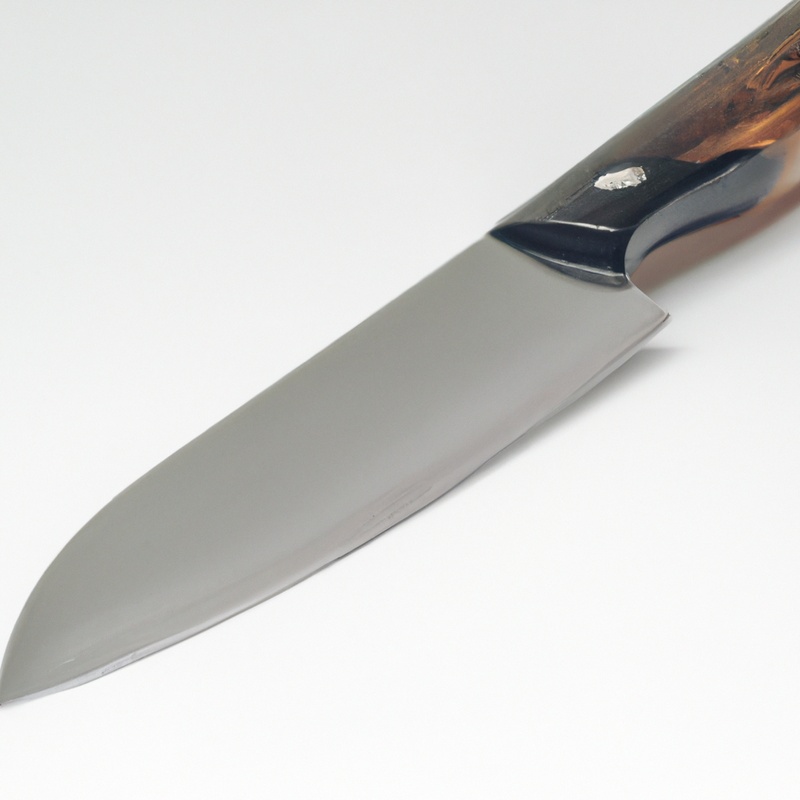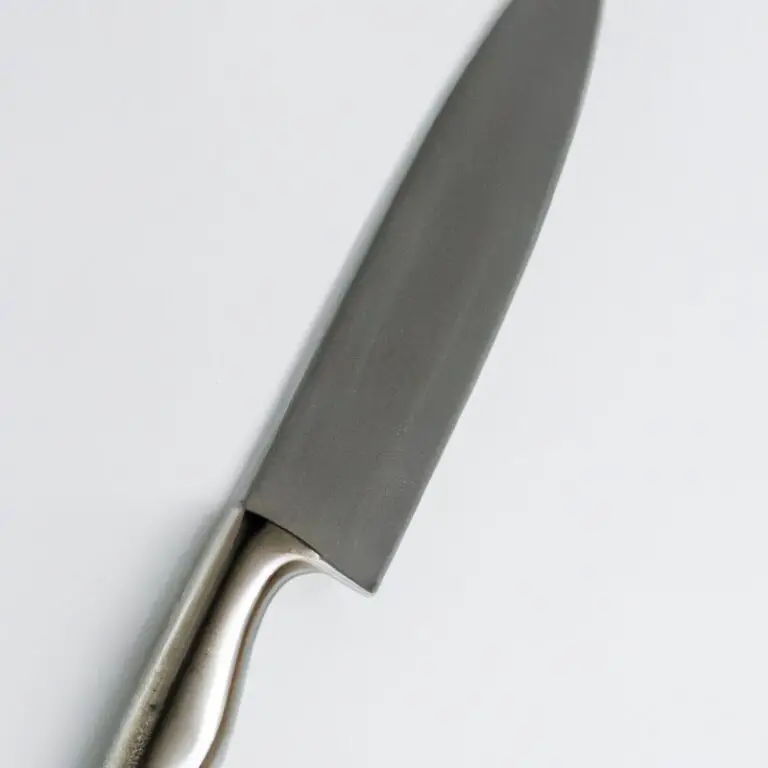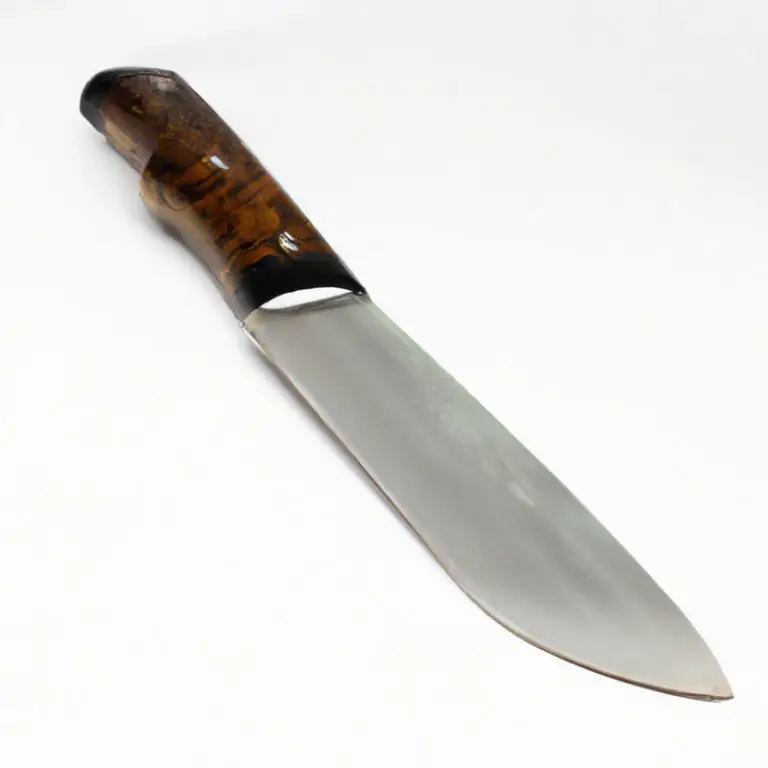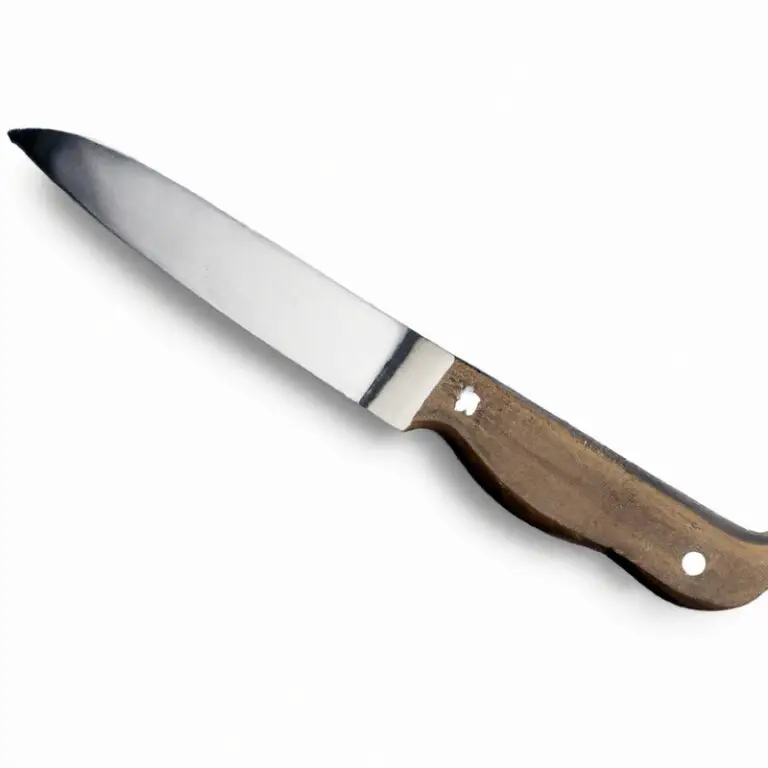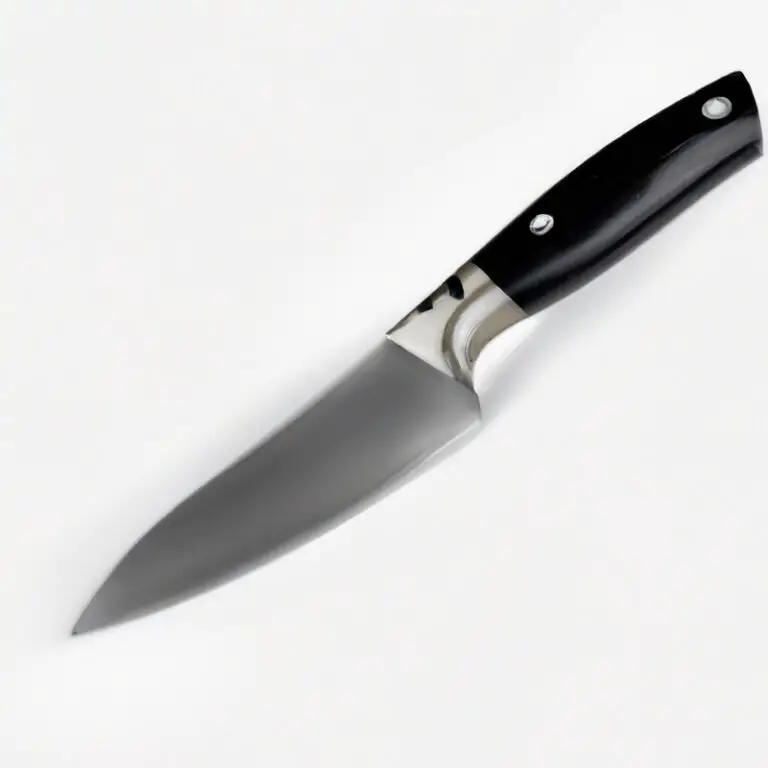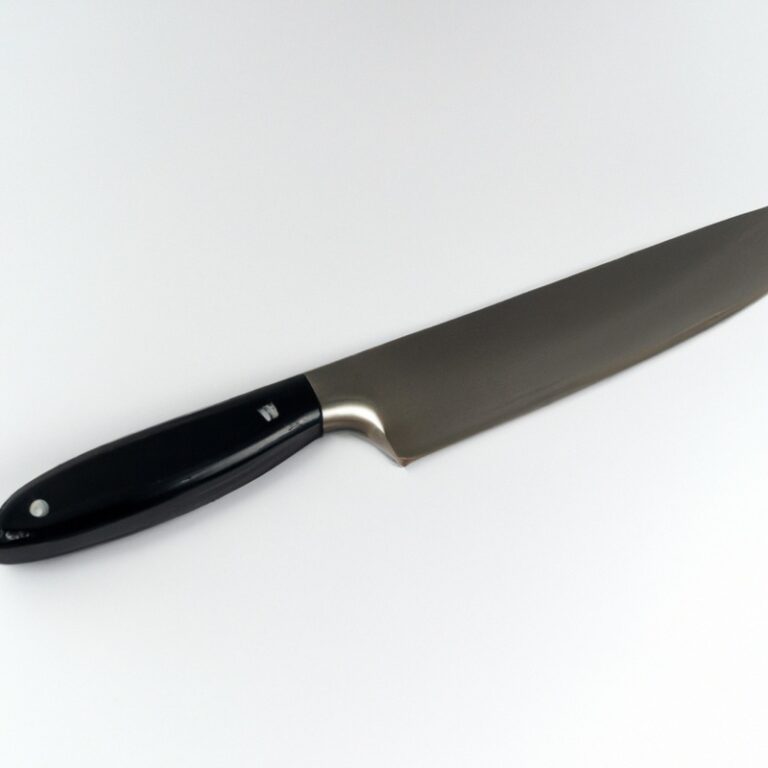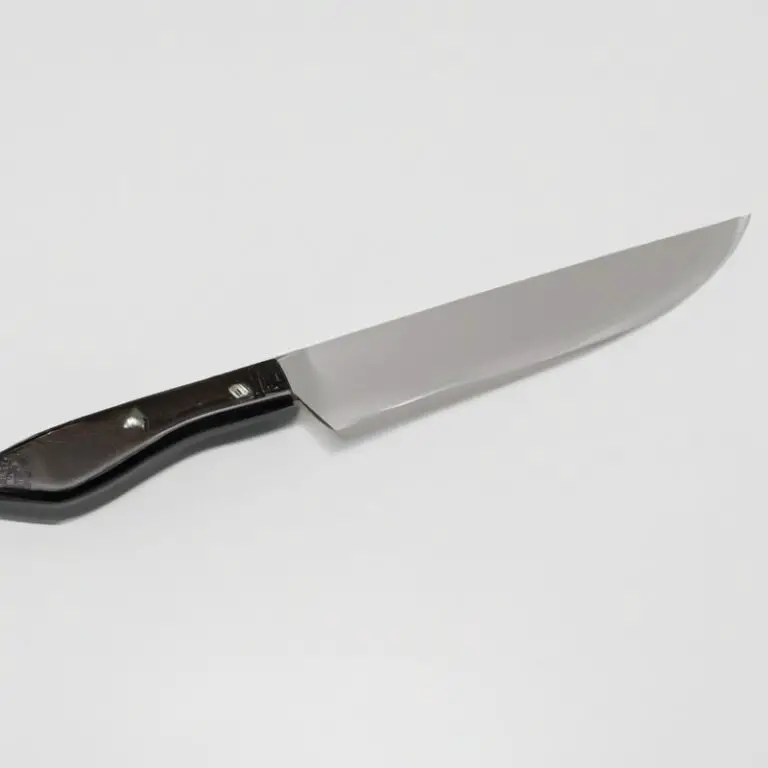How To Fillet a Sturgeon Using a Fillet Knife? Expert Tips
Key Takeaways:
- Use a sharp fillet knife to fillet a sturgeon, ensuring clean and precise cuts.
- Remove the scales and skin carefully while filleting to ensure optimal texture and flavor.
- Proper cleaning and maintenance of the fillet knife is necessary to ensure ease of use and successful filleting.
- Practice and patience are key to mastering the art of filleting a sturgeon with a fillet knife.
Are you ready to take your culinary skills to the next level? Filleting a sturgeon might seem daunting, but with the right tools and techniques, you can do it like a pro.
In this article, I will guide you through the step-by-step process of filleting a sturgeon using a fillet knife.
From choosing the right knife to trimming and cleaning the fillet, I’ll cover everything you need to know to get perfect fillets every time. So put on your apron, grab your fillet knife, and let’s get started on this delicious adventure!
| Steps | Details |
|---|---|
| Step 1 | Place the sturgeon on a clean and stable work surface, and make sure it’s securely positioned. |
| Step 2 | Insert the fillet knife behind the gills and make a small cut towards the dorsal fin. |
| Step 3 | Follow the contour of the fish as you cut from the head to the tail. |
| Step 4 | Use your non-knife hand to hold the skin taut while you slide the blade along the skin, separating it from the flesh. |
| Step 5 | Once the fillet is removed, clean off any remaining bones or skin that may still be attached. |
Preparing to fillet a sturgeon
Preparing to fillet a sturgeon is an essential first step before you start filleting the fish. Here are some key things to keep in mind:
- Ensure that your work area is clean and well-lit. A clean workspace reduces the risk of contamination and improves efficiency. Using a bright light will help you see the fish’s bones and fillet them more accurately.
- Have all your tools and equipment ready. You will need a sharp fillet knife, a cutting board, and a bowl of cold water to rinse the fish as you clean it.
- Choose a sturgeon that is fresh and of high quality. Look for fish that has clear eyes, bright skin, and a firm texture.
- Before starting to fillet, clean and scale the fish. Use a scaler or a tablespoon to scrape off the scales. Rinse the fish with cold water to remove any remaining scales.
- Remove the head and tail. Make a cut just behind the gills and continue down towards the tail. Use a pair of pliers or a knife to twist and pull the head and tail away from the body.
With these preparatory steps done, you are now ready to start filleting the sturgeon with your fillet knife and begin your filleting process.
Choosing the right fillet knife
Choosing the right fillet knife is crucial to the success of filleting a sturgeon. A flexible blade that is thin and sharp is the ideal option.
The flexibility allows for easy maneuvering around the fish’s bones, while the thin and sharp blade ensures clean cuts to preserve the meat.
Additionally, the length of the blade should match the size of the fish you are filleting. A 7-8 inch blade is suitable for most sturgeons, while larger sturgeons may require longer blades.
Keep in mind that a high-quality fillet knife may be more expensive, but it’s a worthwhile investment for a better filleting experience.
Remember to maintain the knife’s sharpness by honing or sharpening it regularly to ensure optimal performance.
Cleaning and scaling the sturgeon
To clean and scale a sturgeon, start by laying the fish flat on a clean and sturdy work surface. Use the back of a knife or a scaling tool to gently scrape the scales off the fish, starting from the tail and working towards the head.
Rinse the fish under cold running water to remove any loose scales.
Next, use a sharp knife to remove the head by cutting through the backbone just behind the gills. Then, make a cut behind the belly and peel the skin towards the tail with a firm grip, using a paper towel to help get a good grip.
Once the skin is off, remove the fillet from the fish by running a fillet knife along the backbone, starting at the head and finishing at the tail.
Finally, use a pair of fish tweezers or pliers to remove any remaining bones or pin bones from the fillet. Rinse the fillet under cold water and pat dry with a paper towel.
The cleaned and scaled sturgeon is now ready for further filleting or cooking.
Removing the head and tail of the sturgeon
To remove the head of the sturgeon, insert the fillet knife just behind the gills and cut through until the knife reaches the spine. Then, turn the knife towards the head and continue cutting until the head detaches completely.
For removing the tail, place the sturgeon with its belly facing upwards and cut through the belly, just below the tail.
Then, hold the tail firmly and gently pull it away from the body until it separates entirely. Make sure to dispose of the head and tail properly.
Removing the head and tail of the sturgeon can be quite tricky due to their large size.
Take your time and make sure you have a good grip on the knife while performing this step.
Removing the skin of the sturgeon
To remove the skin of the sturgeon, start by making a shallow cut along the top of the fillet, just underneath the skin. Then, grip the skin with one hand and slide the fillet knife between the skin and the flesh, using a gentle sawing motion to separate the two.
Pull the skin away from the flesh as you go, but be careful not to cut too deeply into the meat.
Repeat the same process on the other side of the sturgeon fillet.
Removing the bones of the sturgeon
To remove the bones of the sturgeon, use a sharp fillet knife to cut along the center of the fillet, starting at the tail end. Once you feel the bones, make a small cut into the bones perpendicular to the fillet and then cut along the bones with the knife to remove them.
Be careful not to cut through the bones, as this can result in bone fragments in the fillet.
Repeat the process on the other side of the fillet. Finally, check for any remaining bones and remove them with pliers or tweezers.
Trimming and cleaning the fillet
Trimming and cleaning the fillet is a crucial step in the sturgeon filleting process. Once you’ve removed the skin and bones, there may still be some trimming required for a perfect fillet.
Trimming refers to the removal of excess meat, fat, and other non-edible parts from the fillet.
Use a sharp fillet knife to remove any remaining bones and fatty areas. You can also trim the edges of the fillet to remove any remaining skin or scales.
Make sure to use short, precise cuts when trimming to avoid damaging the flesh.
Cleaning the fillet involves removing any residual blood or slime from the fish. Rinse the fillet under cold water to remove any debris or unwanted substances.
Pat the fillet dry with a clean towel or paper towel before storing or cooking.
By trimming and cleaning the fillet properly, you’ll have a beautiful and tasty piece of sturgeon ready to cook or store. Take your time and use a sharp knife to ensure you are doing it correctly.
Storage of the filleted sturgeon
After filleting a sturgeon, it’s important to store it properly to maintain its freshness and flavor. The best way to store filleted sturgeon is to wrap it tightly in plastic wrap or vacuum-sealed bags, then place it in the refrigerator.
It should be consumed within 2-3 days, or frozen for longer storage.
When freezing sturgeon, make sure to remove as much air as possible to prevent freezer burn and maintain its quality. It is recommended to store sturgeon in a freezer-safe, airtight container for up to 6 months.
Avoid refreezing previously frozen sturgeon, as this can compromise its taste and texture.
Proper storage is key to enjoying the full flavor and freshness of sturgeon fillets.
Tips for filleting sturgeon with ease
- Make sure your fillet knife is sharp before starting.
- Cut into the fish gently, slowly following the contours of the bones.
- Use your other hand to hold the fish steady while you cut.
- Be patient and take your time to avoid damaging the meat.
- Remove the skin by starting at the tail and angling the knife upwards as you cut.
- Remove any bones left in the fillet with a pair of pliers or tweezers.
- Trim away any excess fat or dark meat to ensure an even, clean fillet.
- Keep your work area clean and organized to avoid slipping or injury.
- Practice makes perfect – the more you fillet, the easier it becomes.
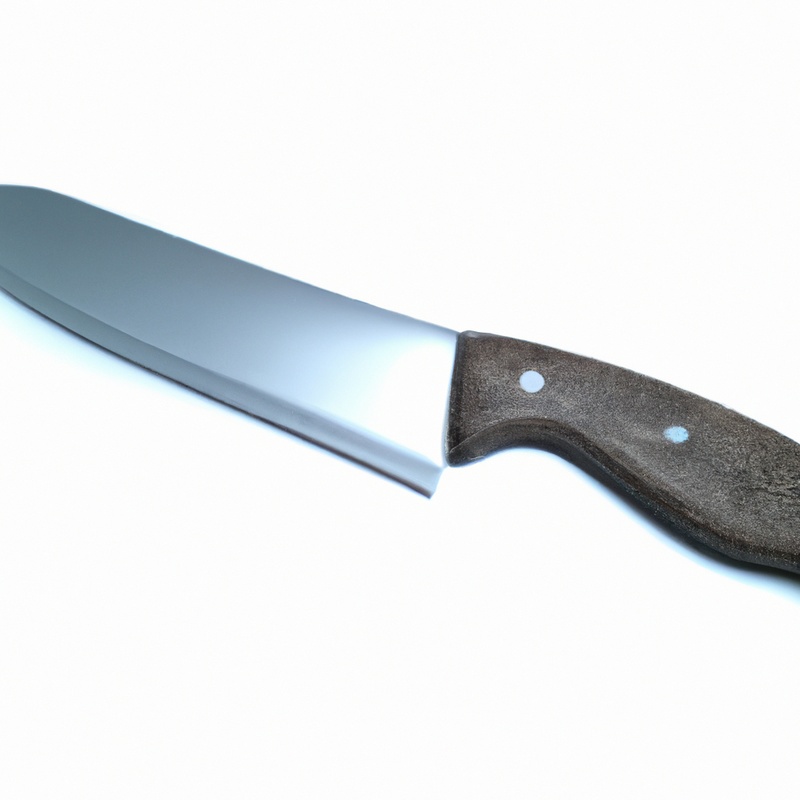
Safety precautions while filleting a sturgeon
Safety should always be a top priority when filleting a sturgeon. Here are some essential precautions to follow:
- Wear protective gear such as gloves and goggles to prevent cuts and injuries.
- Use a cutting board to prevent the knife from slipping and to avoid damage to the fillet knife.
- Keep your hands and the knife handle dry to prevent slipping.
- Make sure the fillet knife is sharp to minimize the chances of slips or accidental cuts.
- Use a firm and steady grip when filleting and avoid rushing the process.
- Keep the work area clean by removing any fish parts and blood to prevent slips or falls.
- Position the sturgeon securely on the cutting board to avoid slips or wobbling.
By keeping these safety precautions in mind, filleting a sturgeon can be done with ease while minimizing the risk of injuries.
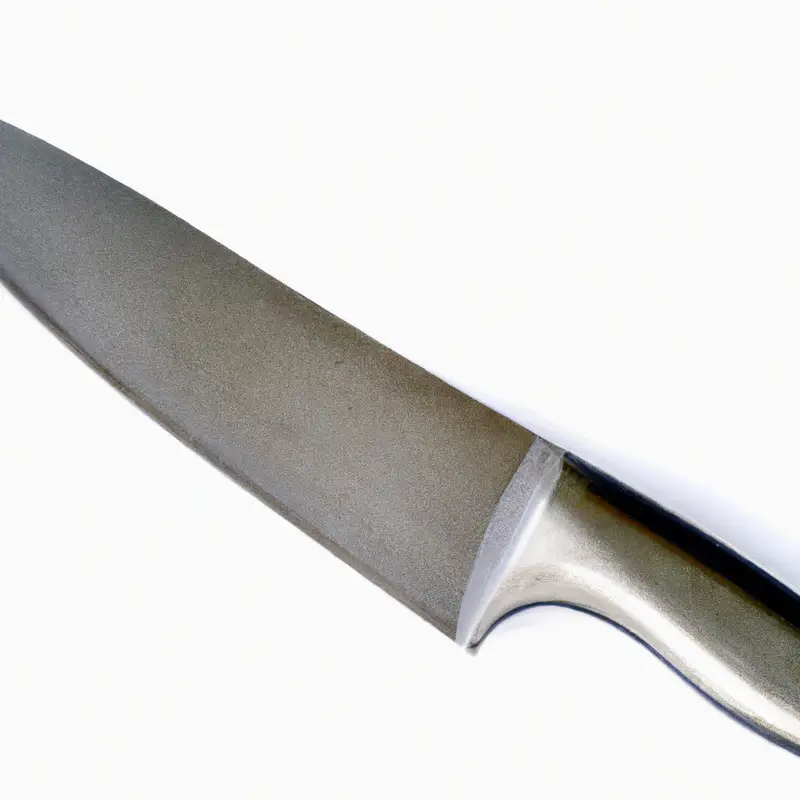
Final Verdict
Congratulations! You now have the knowledge to expertly fillet a sturgeon with a fillet knife. By following the steps outlined in this guide, you can confidently and safely prepare this delicious and prized fish.
Remember to choose the correct fillet knife, clean and scale the fish properly, remove the head, tail, skin and bones, and trim and clean the fillet.
With practice, filleting a sturgeon will become second nature. Always prioritize safety during the process, and store your filleted sturgeon properly for optimal freshness.
By implementing these tips and taking the necessary precautions, you can enjoy a flavorful and versatile seafood dish.
Thank you for trusting our expertise, and we hope you enjoy many delicious sturgeon meals in the future.

